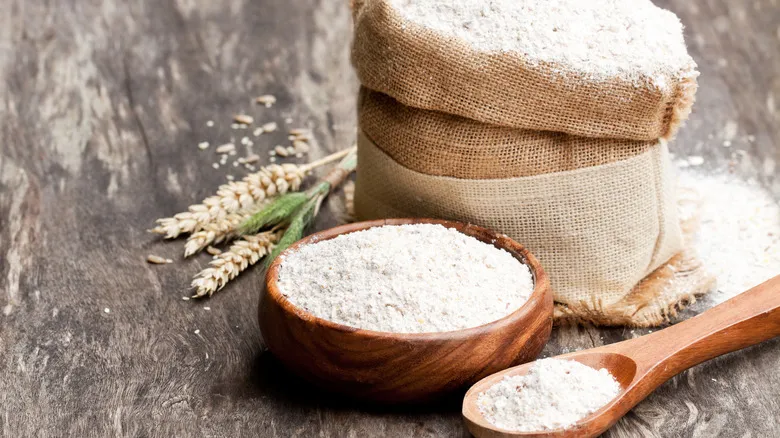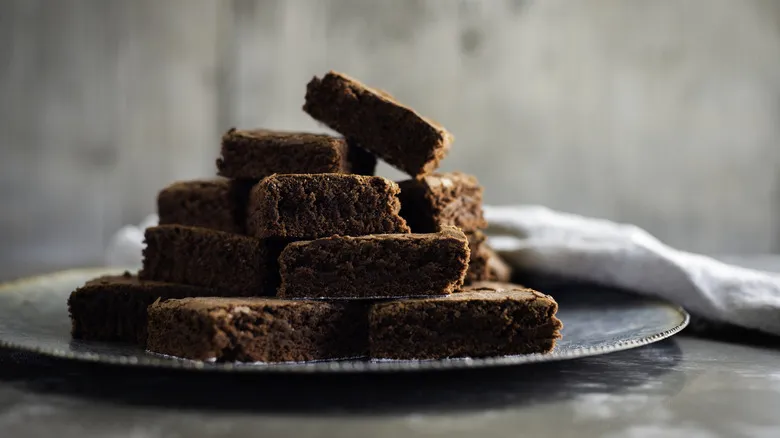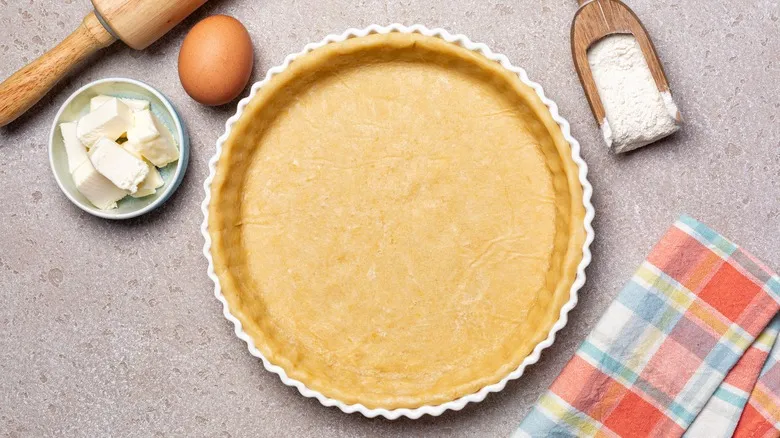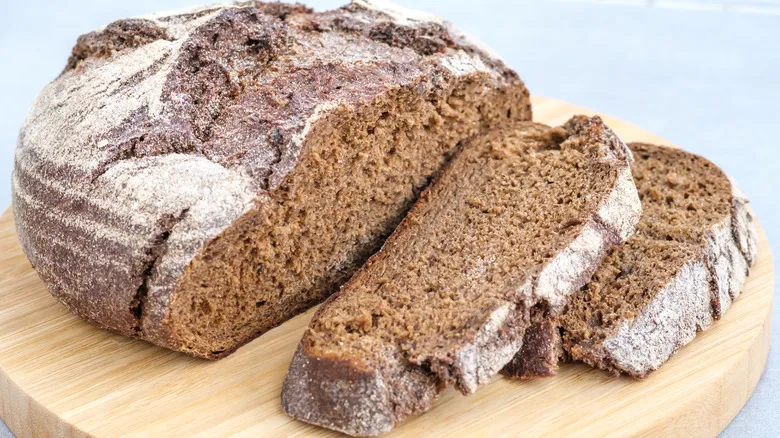German rye flour vs. American rye flour

During his global research, Nathan Myhrvold and his team found that the volume and texture of rye bread vary across different countries. They observed that the rye loaves sampled in Germany, Austria, and the Nordic regions had a softer, fluffier crumb compared to those in the United States. "When our team attempted to replicate them in our lab kitchen," he explains, "our loaves turned out extremely dense."
Upon further investigation, the food scientist uncovered that there are notable differences between European and American rye flours that influence the bread's texture and density. These differences stem from the methods of growing and milling the rye, which ultimately affect the dough's structure. Specifically, they discovered that German and Austrian flour producers mill their rye flour very finely, and "the finer the grind of the rye flour, the fluffier the resulting bread will be." Additionally, these producers also remove the bran and germ, which can lead to a reduction in the bread's volume.
Myhrvold also points out that "American rye flours, even those that are finely ground, are milled more coarsely than their European equivalents and still contain some bran and germ." While it may be difficult to find the exact type of rye flour used in other countries, you can enhance the lightness of your bread by opting for light or white rye flour and looking for labels that indicate "finely ground" or "finely sifted."
Recommended

The Best Way To Store Brownies (And How Long They'll Last)

15 Easy Upgrades That Transform Boxed Brownies

Yes, You Can Blind Bake Your Pie Crust Without Weights

Bake The Perfect Crusty Bread With Paul Hollywood's Extra Step In The Oven
Next up





